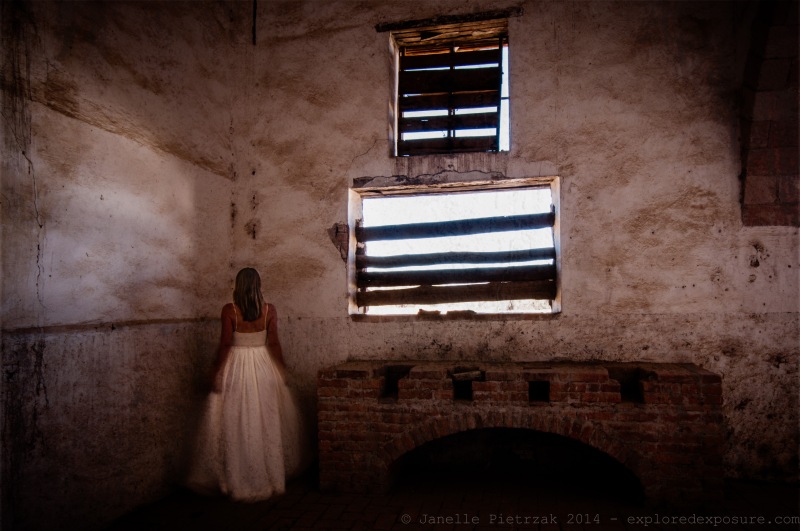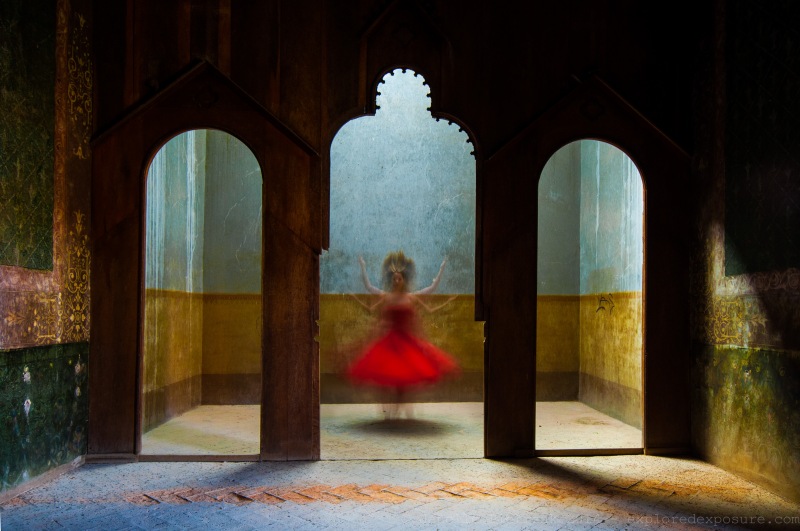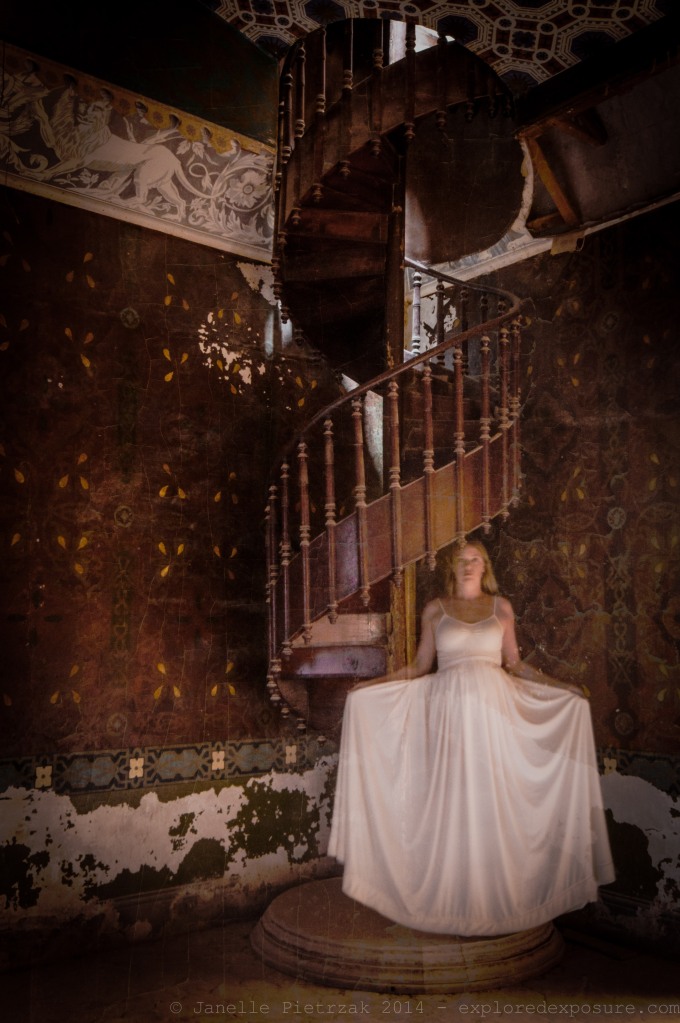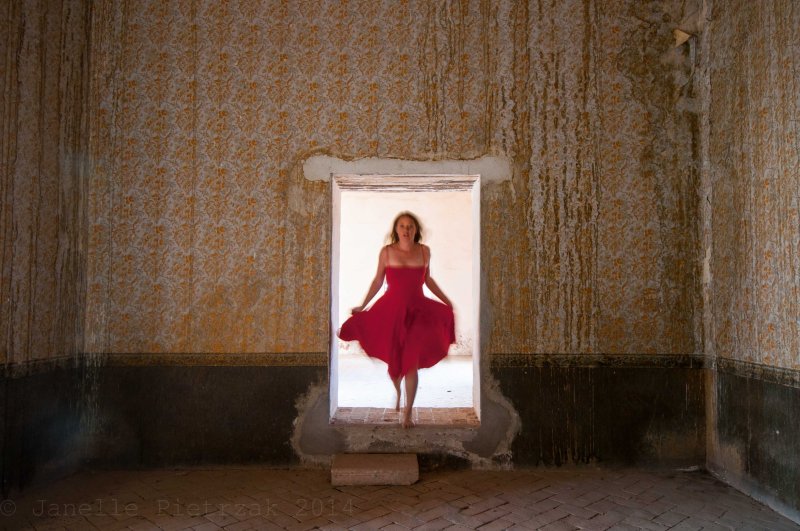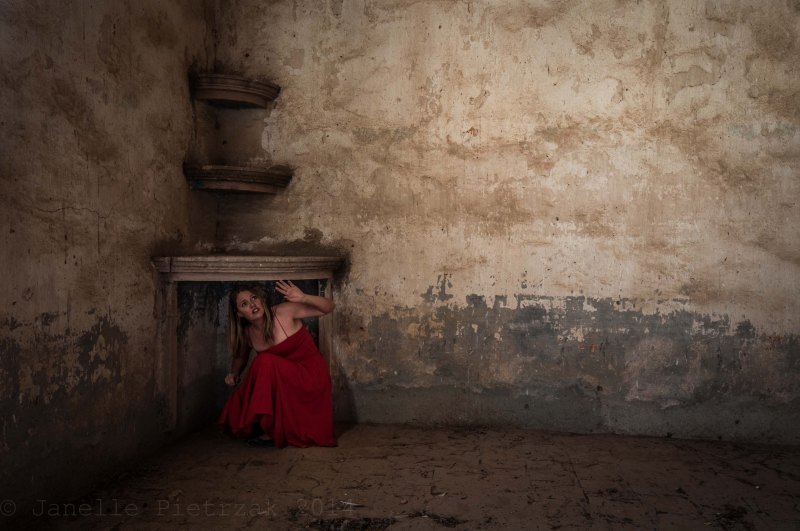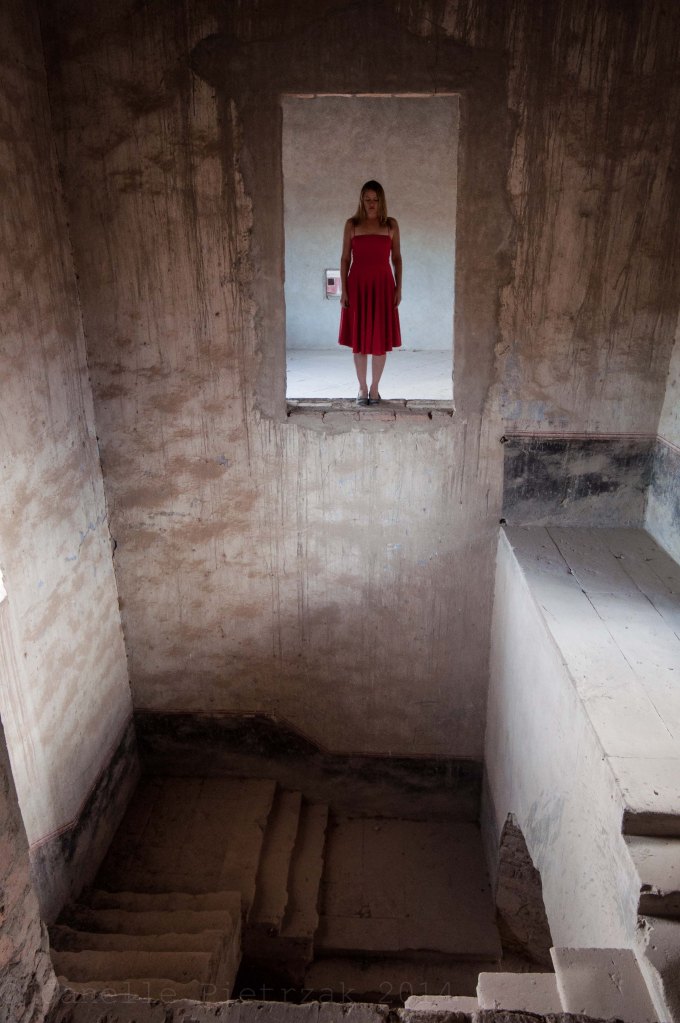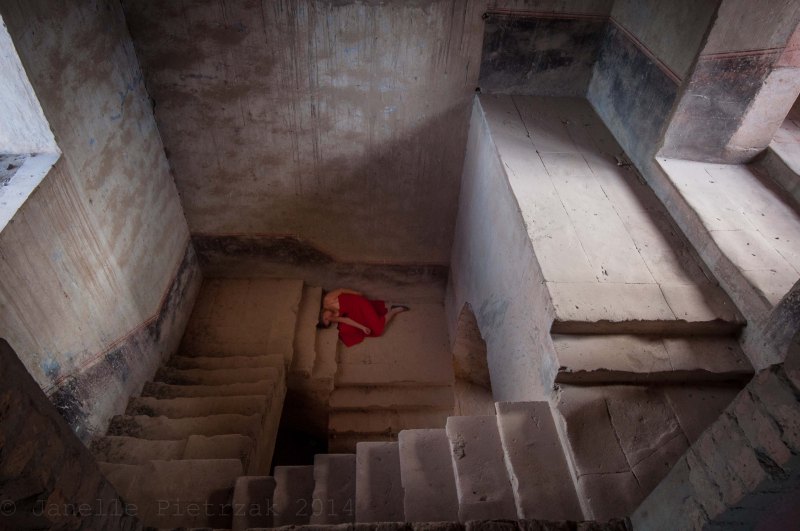Every year, twelve million pilgrims visit the small Mexican town of San Juan de los Lagos. It is one of the most venerated sights in Mexico, second only to the Basilica of Our Lady of Guadalupe in Mexico City (where you can view Juan Diego’s cloak with the image of the Virgin of Guadalupe). The faithful and curious, come to San Juan de los Lagos to see a small thirty-eight centimeter statue made in the 1500’s of sugarcane paste. Known as the “Smiling” Virgin, “Cihuapilli” in Nahuatl, or just the “Great Lady,” her first miracle is said to have dated back to 1623:
“A family of acrobats had a show which included “flying” over a field of spear points. The seven-year-old daughter fell onto the spears during the act and immediately died. Local women brought the image to the body and prayed over it when the child revived. This miracle made the image famous.[6] Since then, many other miracles have since been attributed to her intercession, often related to recuperation from mortal danger or dangerous illnesses.[7]”
Today, many pilgrims still walk on foot to see the virgin, just as they have for hundreds of years. For this particular pilgrimage, the faithful leave from cites all over Mexico to arrive in San Juan de los Lagos on February second for Candlemas. Candlemas, is a celebration held forty days after the birth of Jesus, commemorating when Mary was recovered from childbirth and her motherhood was blessed in the church. This small town of 55,000 inhabitants is mobbed with over two million visitors this weekend alone. Many flock there to fulfill promises made to the virgin over the past year, lest they be turned to stone!
I was invited to walk with C.A.S.A., an organization for whom I have been volunteering over the past several months. They provide everything from women’s healthcare, childcare, violence and sexual education programs, GLBT awareness, exercise classes, radio shows, midwife training, and so much more. On this day, we were walking with the pilgrims as they left San Miguel de Allende to bring attention to the high rates of domestic violence suffered by women across Mexico. Leaving the central square at five am, we walked for about seven hours, as the sun came up over Guanajuato’s beautiful farm country and wild deserts.
Around noon, we headed back to town, and the pilgrims walked on to complete the first of nine days and an over one-hundred-and-twenty-five mile journey. I arrived home, spent, exhausted, and sore, yet also buoyed, floating, and high. After a hot bath, and much thanks for a warm bed instead of a night in a tent, I realized I needed more. Immediately, I made plans to find the pilgrims the following day and continue walking. Enlisting a good friend, we spent the morning in a taxi chasing down the procession. They had risen before dawn, to start walking in the cool morning air and had already covered a tremendous distance. Astounded, it took us almost thirty minutes by car to find them, we could not believe they had already walked more than twenty-five miles in less than two days. This feat seems fairly plausible, until you realize that at least a third of the pilgrims are over sixty-five and walk with canes, another third are carrying infants or pushing strollers barely suitable for a doll, and the rest are young and able bodied but carry banners, huge crosses, and litter-boxes with venerated saints. Even so, after the first day, many were limping, their sore feet and nasty blisters the result of walking in miserable cheap sneakers. Yet they carried on, lifted by the prayer, song, the spirit of the collective and the power of their faith.
A few years ago, I walked three weeks worth of the Camino Santiago in northern Spain, another ancient pilgrimage route dating back to the era of the Knights Templar. According to pilgrim mythology, along the way, the “angels” of the Camino will often greet you and pass on their blessings. These assorted souls, generally come out of nowhere and drift back into the ether, but bring you exactly what you need to carry on. On one very rainy, cold, day, in a section of the Camino where there are no villages for several kilometers, I was feeling discouraged and I had stopped to stretch and rest. Along came a tiny bowlegged old man, no taller than five feet, wearing a ratty, red, rain poncho and using a long wooden walking staff.
Like a medieval storybook character, his walking stick was adorned with a dangling scallop shell and gourd, both ancient symbols of the Camino. In his other hand, he had a plastic grocery bag that held a bottle of red wine and few oranges. Other than that, he carried nothing. He stopped, pealed an orange and offered me half. Having walked alone for days, I was in desperate need of companionship, and this was an extraordinary blessing. We walked together for several hours, and although my Spanish was poor, he told me that he had walked the whole Camino over forty times, and that it was his annual vacation. This is really something considering the Camino is over five hundred miles long. Although, I glimpsed him here and there, and he checked in on me every few days to see that I was well, he left me that afternoon with the taste of orange in my mouth and the inspiration to continue my journey.
The pilgrimage to San Juan de los Lagos is no different, and within a few hours of walking on the second day, we met a man in his mid seventies. This gentleman, had walked to see the virgin every year of his life. He laughed and told jokes, and then he noted that we had such fair skin compared to his deep walnut brown. Although, skin color is common topic of conversation in Mexico, and the basis of much classism, what followed was a beautiful discussion of how our hearts are what matter, not our skin color. This is a deep seated beliefs of mine, but at the moment, it came from a place of such pure love that it was utterly moving. Eventually, our younger legs out paced our companion. When we stopped to wait for him under a tree, even after a long break, he never came, and we were left wondering if he really existed at all. Repacking our snacks, we walked on, only to encounter even more sweet “angels” on the way.
Along the route, the local villagers come out to support the pilgrims and hand out water, atole, coffee, bread, and fruit. One of these was a lovely elderly woman, who stopped me as I walked by. She had pyramids of mandarins, oranges, sweet lemons, and peanuts laid out on a tarp. She wanted me to photograph the man with whom she sat and to tell me his story. I am still unsure of their relation, if they were father and daughter, or husband and wife, as their Spanish was colloquial, accented and tough to understand. What I did glean, was that he was ninety years old and spry, a gift he attributed to previous pilgrimages to see the virgin. Although a bit hunched over, he fell to his knees to show me that he was still strong enough to dig in his garden, and claimed he was pain free after all these years. When he laughed, his toothless smile was one of the worlds most radiant and joyous. We talked to them for a while, taking lots of photos, and when we set off, they handed us a huge plastic bag full of oranges picked from their own trees. Later in the day, as we climbed a long hot hill, that bag got heavier and heavier, but the fruit was incredibly delicious on our bus ride home and ultimately became the inspiration for this week’s photo.
In both of my pilgrimage experiences, the orange has become the symbol of my journey. An orange is such a humble offering, yet so full of abundance and the sweetness of life. Each time, I was overwhelmed with the kindness this gift represented and I hope to never forget the potency of this simple form of generosity. Thus, for my image, I chose to show a pilgrim approaching the virgin, at the end of her travels, offering an orange. She has nothing more to give, yet could not give anything more. The orange in this image, is one my “angels” gave me that afternoon.
The Pilgrimage:
 The doorway to the Paroquia, overflowing with pilgrims as they listen to a 4am mass before leaving for San Juan de los lagos.
The doorway to the Paroquia, overflowing with pilgrims as they listen to a 4am mass before leaving for San Juan de los lagos.
 After mass, preparing to leave.
After mass, preparing to leave.
 Locals handing out a sweet hot punch, in front of the church, to warm a chilly morning.
Locals handing out a sweet hot punch, in front of the church, to warm a chilly morning.
 Traditional dances in the main square kick off the procession.
Traditional dances in the main square kick off the procession.
 Walking along the train tracks as the sun begins to rise.
Walking along the train tracks as the sun begins to rise.

 The lights of San Miguel de Allende, still lit in the early morning light.
The lights of San Miguel de Allende, still lit in the early morning light.
 Watching the procession.
Watching the procession.
 The young carrying crosses, banners and saints.
The young carrying crosses, banners and saints.






 Sunrise over the Laja River.
Sunrise over the Laja River.
 Local tough guys and their massive cross.
Local tough guys and their massive cross.


Stopping for a free breakfast of tortillas, chicken mole, and rice.


The procession along the road, each church had their own bullhorns and were singing and saying prayers at the same time. Quite a racket.

The back of the procession is followed up by men who carry stretchers, so they can ferry any fallen pilgrims along the way.

A family rests. These are not massive SUV strollers they push for a hundred miles.
 Much of the way is walked on hard pavement that exhausts your feet. A crew on four wheelers stops traffic to keep the pilgrims safe.
Much of the way is walked on hard pavement that exhausts your feet. A crew on four wheelers stops traffic to keep the pilgrims safe.
 So many faces.
So many faces.





 The path veering off the road into the harsh but beautiful Guanajuato desert.
The path veering off the road into the harsh but beautiful Guanajuato desert.

Pilgrims in the landscape.
 Resting under a tree.
Resting under a tree.
 Local farmers taking an afternoon siesta.
Local farmers taking an afternoon siesta.
 The best smile in the world.
The best smile in the world.
 Beer break.
Beer break.
 Naughty kids take advantage of a very tired father.
Naughty kids take advantage of a very tired father.
 Entrepreneurs
Entrepreneurs
 Mobile pilgrims hospital set up in the encampment.
Mobile pilgrims hospital set up in the encampment.
4/52 – The Offering:

00


